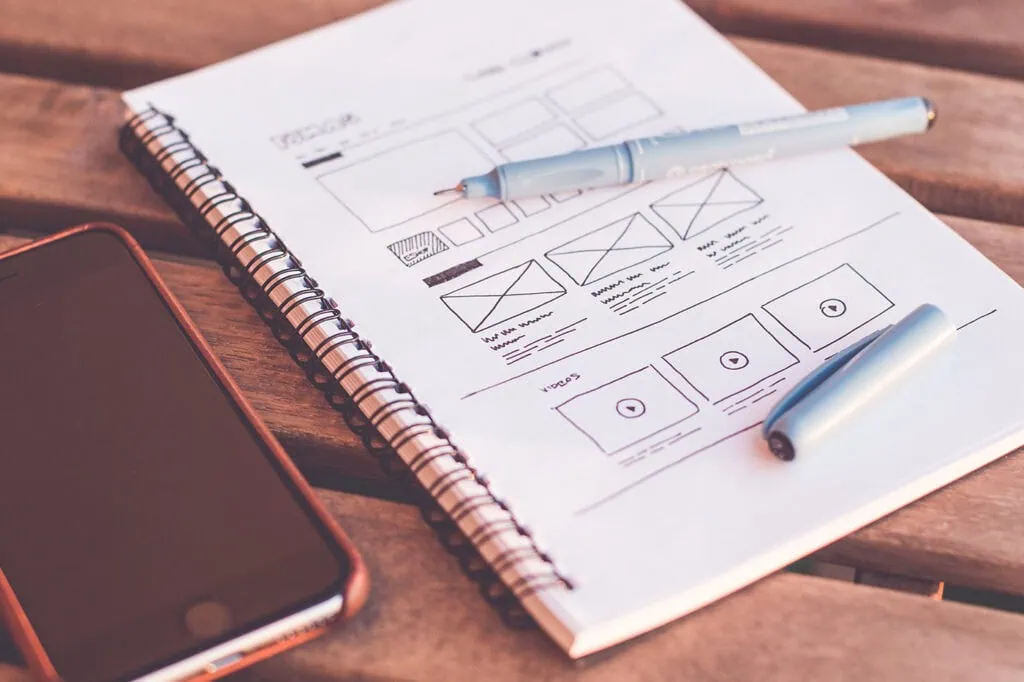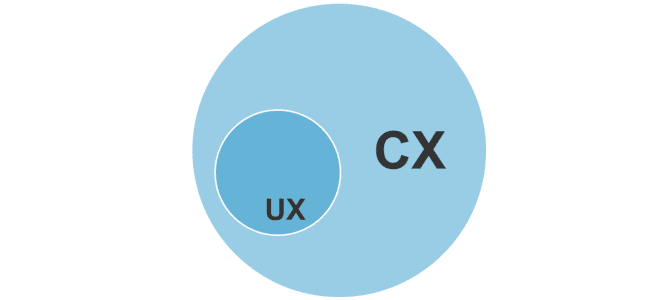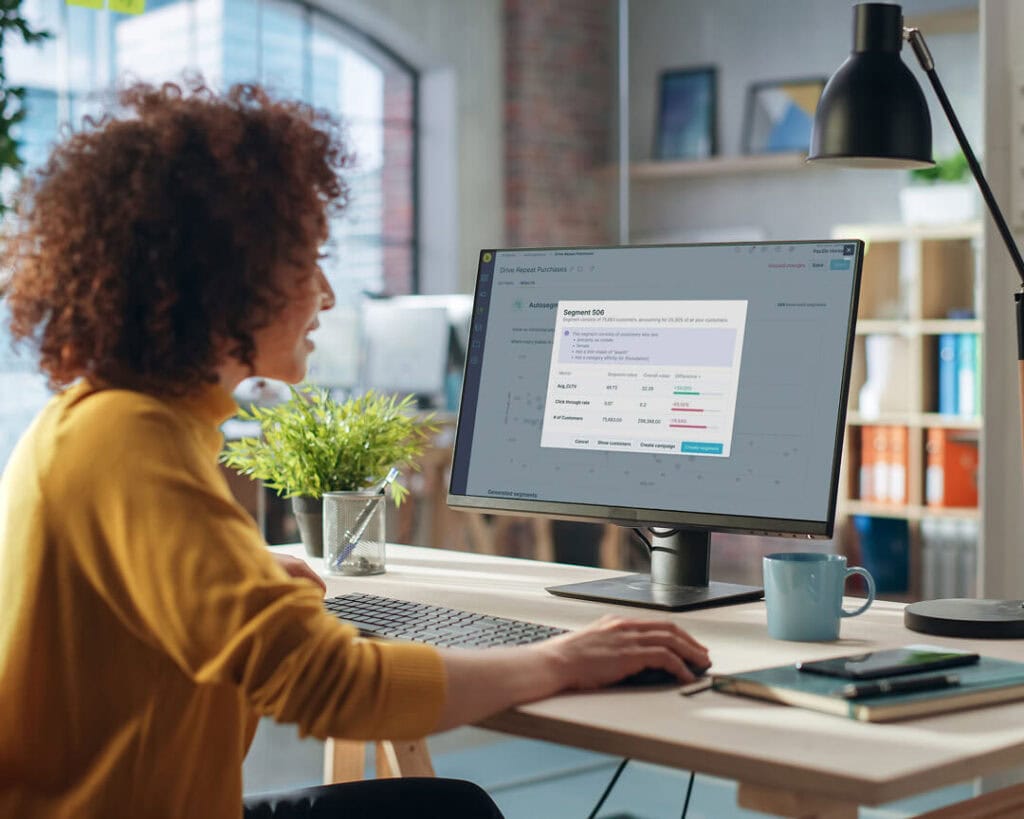Usability is a core concept that was awakened by the rise of the digital age and is now pervasive in virtually all businesses in the modern world.
The problem is, many business owners simply don’t know it yet.
Usability is a broad term usually used in relation to User Experience Design commonly known as UX design, a modern field of expertise centered around one thing: the user.
Understanding the user is, by its very definition, the fundamental component of UX design. In not so many words, ‘usability’ is the ability to be used, or the ability to be useful, depending on which way you look at it.
us·a·bil·i·ty
ˌyo͞ozəˈbilədē/
noun
the degree to which something is able or fit to be used.
It’s a little bit more complicated than that though. In the real world, companies answer not only to their users but to stakeholders and spreadsheets.
Confused? You’re not alone.
Rooted in Human–computer interaction design made popular in the 80’s, and more recently influenced by Agile and Lean business methodologies, UX Design has become popular in the 21st century by filling a much needed gap between product and service design and the end user, though as we will explore in this article, its principles can be applied to a whole lot more.
Understanding a user’s needs, in the context of an application or a service that they are using and the problem they are trying to solve, is the mission critical information that shapes digital product and service design from the ground up.
But how can these principles be applied outside of the digital realm and to real world businesses?
The Core Principles of UX
While far from set in stone, and far from complete, here are a few examples of core UX principles to mull over:
-
Understanding users’ needs
-
Understanding business objectives
-
Avoiding features that don’t add value
-
Informed design centered around what users really need and what will aid business objectives
-
Less is more
[Usability Principle #1] Understanding Users’ Needs
By putting themselves in the shoes of potential customers, UX designers are tasked with anticipating the needs of users and feeding this information back to the design and development teams who are building the product.
This is often done using user ‘Personas’ and other market research techniques (more below) which allow user experience designers to explore the needs and wants of their customer base from the inside out.
This understanding isn’t just about having a general idea of your target market – in usability this goes much further, stepping inside the psyche of potential customers to craft an interface or product that fulfills a user’s needs precisely and to the last detail, with no superfluous features or elements that could confuse or distract them from what they are doing.
[Usability Principle #2] Understanding Business Objectives and Avoiding Features that Don’t Add Value
Business objectives also need to be included as a core part of any usability exercises – the best kinds of user experience will solve a user’s needs while at the same time aiding business revenue.
Happy customers are always the best catalyst to growth. Successful companies use this to their advantage by providing products and services that make their users exceptionally happy while at the same time generating substantial profits for the company.
All features and elements should either:
- Directly fulfill a user’s needs (which have been carefully identified and researched)
OR
- Directly aid business objectives (whether that be growth, profits, or both)
OR
- Directly fulfill a user’s needs and aid business objectives (win-win)
If there isn’t a resounding ‘yes’ to any of the above, you’re probably wasting your time (and hurting your customer’s journey in the process).
[Usability Principle #3 and #4] Informed Design Centered Around What Users Really Need and What Will Aid Business Objectives
This can only be achieved through a combination of thorough customer research and the rigid application of core UX principles throughout the product design and development cycle, including a clear consideration of business objectives.
UX designs focus on getting user feedback and using it to improve is also an ode to the Agile methodology and the Lean Startup methodology which have shaped the landscape of digital based online businesses in the past century or more.
These ideals focus on getting new features, products and services to production as fast as humanly possible so that (you guessed it) real users could give their feedback and supply valuable information to help shape the future of the product.
They also allowed small startups to outmaneuver much larger companies during the transition to digital.
As Facebook’s Mark Zuckerburg aptly put it in the early days of his startup, ‘move fast and break things’.
[Usability Principle #5] Less is More
When in doubt, simpler is always better.
Through combining a core understanding of design with a good understanding of user psychology, User Experience Design is the driving force that shapes many of the world’s most popular digital products and services.
As a business owner, we don’t always think of users. We think of customers. But the principles remain.
So how does usability and User Experience Design (UX) compare to the (much older) field of Customer Experience (CX)?
The answer is that the two practices are a lot more closely related than you might think.
The Differences Between Customer Experience (CX) and User Experience (UX)
There are varying definitions of what customer experience (CX) is and varying interpretations of what it entails, all with the same end goal in mind – making the customers experience with a product or service as pleasant as possible.
This usually involves supplying a cost effective and helpful product or service that fulfills the customer’s or user’s need as fast and efficiently as possible.
The definition of the User Experience is, in fact, close enough to the definition of Customer Experience that it’s often hard telling the two apart.
User experience, in many ways, is the next step in the evolution of the customer experience.
Customers and users are the same people. Though many differences remain, these are two sides of the same coin, sometimes one in the digital realm, and one in the physical.
More recently, some specialists have labeled Customer Experience Design as a new direction in usability design itself, further entrenching the overlap between the user and the customer.
It’s abundantly clear that in the modern age that traditional ideas on customer experience are not going to work, as evident by rapid rate at which retailer business in the US are failing – rates now higher than that of the 2008 financial crisis, those focused more on online retail see their stock price continue to soar to new heights year after year.
Customers can’t be controlled through the customer journey. They can’t be pushed or controlled.
They need to be interacted with in a way that makes their lives easier, not more complicated.
Today customers need to be cleverly coerced, and gently so, and in the direction of their own best interests, or they will run for the hills.
But how can UX principles be applied practically and pragmatically to your customer experience to adapt to this new climate?
Whether you are Amazon, or your local corner grocery store, the principles remain the same.
How UX Design and Customer Experience Shape Companies
Traditionally, before the rise of digital, large retailers had a lot more control over the customer experience and the channels that they used to interact with their customers.
Customers had fewer choices, and, subsequently, the customer’s journey was a lot more streamlined.
Think of a horse with blinkers on – easily guided successfully from A to B without any distractions.
Now imagine, thanks to the invent of the internet, that those blinkers are removed – customers now have virtually unlimited choices that they are bombarded with every single day, and there is no way to filter or control this information.
The customer is now in control.
They call the shots.
They decide how (and if) they want to interact with your brand or your company.
And they are impatient.
Very impatient.
Suddenly the horse can see a lot more options on the horizon – and it’s going to take a completely different approach (or a revolutionary new pair of blinkers) to lead him to point B safely.
The essence of usability and user experience design is guiding your horse to point B by making his journey an easy one, despite the distractions imposed by the digital era.
How to Design Your Customer Experience With UX Principles
Here are some more ways that any company can implement usability best practices in their day to day operations:
- Research and identify your customer’s needs thoroughly before launching a new product or service.
- Get as much direct customer feedback as possible on your current products and services – always use to improve your offering.
- Have empathy for your customers.
- Avoid features that don’t benefit customers or stakeholders directly – prioritize the customer experience and profits equally.
- Be adaptable to change.
[Way #1, 2 and 3] Researching and Identifying Your Customers Needs, Direct Customer Feedback, and Having Empathy for Your Customers
As reiterated throughout this guide, the customer always comes first.
There are many ways to get customer feedback and do research to identify what will make customers happy, all of which are a discipline in and of themselves, but here are a few of the most popular methods:
- Buyer personas
- Focus groups
- Direct customer surveys and polls
- Customer research (demographics / stats)
- Analytics research (digital only – identifying needs through patterns in web analytics)
- Beta / closed product launches (launching a product to small group of customers to test)
- Common sense (would you want this feature if you were the customer?)
Sadly, it’s the latest point here that’s most often overlooked here, and often the most valuable.
Having empathy for your customers is the easiest way to quickly identify their needs and wants, and often it doesn’t require much more than a change of mindset.
[Way #4 and 5] Avoid Features that Don’t Benefit Customers or Stakeholders Directly and Be Adaptable to Change
Think of the customer experience from the moment when a customer stops at a fast food restaurant to the moment they finish eating their food.
If one step of the way is not perfect, it can negatively affect the overall experience of a customer drastically, and potentially lose you that customer for life. One poorly executed batch of fries, or one sloppy burger.
The same can be said for the user experience in the customer journey of a shopper buying from an online Ecommerce retailer or any kind of service provider selling their wares online.
Remember, your customers ‘blinkers’ are gone.
One misplaced button.
One superfluous checkout step asking for an unnecessary piece of information.
And you may have just lost thousands (if not millions) of potential customers.
Worse, these kinds of mistakes are often left unnoticed and, when added together, can cut sales to shreds in half in an environment where companies are competing with the pixel perfect conversion rates of more established retailers who have been owning their website’s’ usability for years.
The devil is in the detail.
To the untrained eye, a checkout page with a 10% conversion rate and a checkout page with a 1% conversion rate may not look very different. Unfortunately, many existing retail businesses, despite pouring millions of dollars into web design and development, appear clueless as to how to provide a good enough user experience to compete with companies with a more thorough understanding of what makes users tick in the digital realm.
Being an expert in understanding digital concepts such as usability is no longer a plus for C-level executive of a retailer or service based business in the 21st century.
It is a requirement.
Moving beyond digital, the principles of usability and User Experience design can be retroactively applied to any Brick and Mortar retail business to increase customer satisfaction and remove unnecessary steps in the shopping process.
An example would be brick and mortar stores who scrap the normal payment process in favor of a digital only do it yourself approach involving, for example, NFC based payments via your mobile phone using services such as Apple Pay.
Again, just like an extra unnecessary checkout page, this means one less step for the customer, making their lives easier and avoiding steps in the shopping process that don’t add value.
Other examples of real life businesses employing usability principles include the carefully designed layouts employed at grocery stores which are aimed at making the customers experience as smooth as possible, maximizing sales volume, and using the available space as efficiently as possible to increase profit per square meter, all at the same time.
Grocery stores have been honing their customer experience for half a decade or more. It’s easy to see why, given the age of the web, many businesses aren’t familiar with what constitutes a good user experience, just the same way that the first grocery stores were ignorant of what constituted a good customer experience.
It took half a decade for shop owners to craft the brick and mortar shopping experience we take for granted to today.
The era of online shopping and service delivery is still in its infancy relative to traditional retailing, and it’s easy to forget how far we’ve come in such a short time.
The real question is, what does the future hold?
Final Thoughts
Despite all of the challenges facing both startups and established businesses this decade, it’s clear that we all have a lot to learn when it comes to our users and how we can better meet the needs of our customers.
Through understanding and implementing core UX principles in their business, stakeholders stand to not only gain in customer satisfaction, but also to profit from their new found ability to solve their users deepest frustration when interacting with their brand or service.
Joseph Ashburner is an avid lover of the web and all things digital. With a background in web design and project management, he is the founder of shopping comparison site LaptopNinja and is on a mission to improve the customer journey from the ground up. Contact him at [email protected]
















